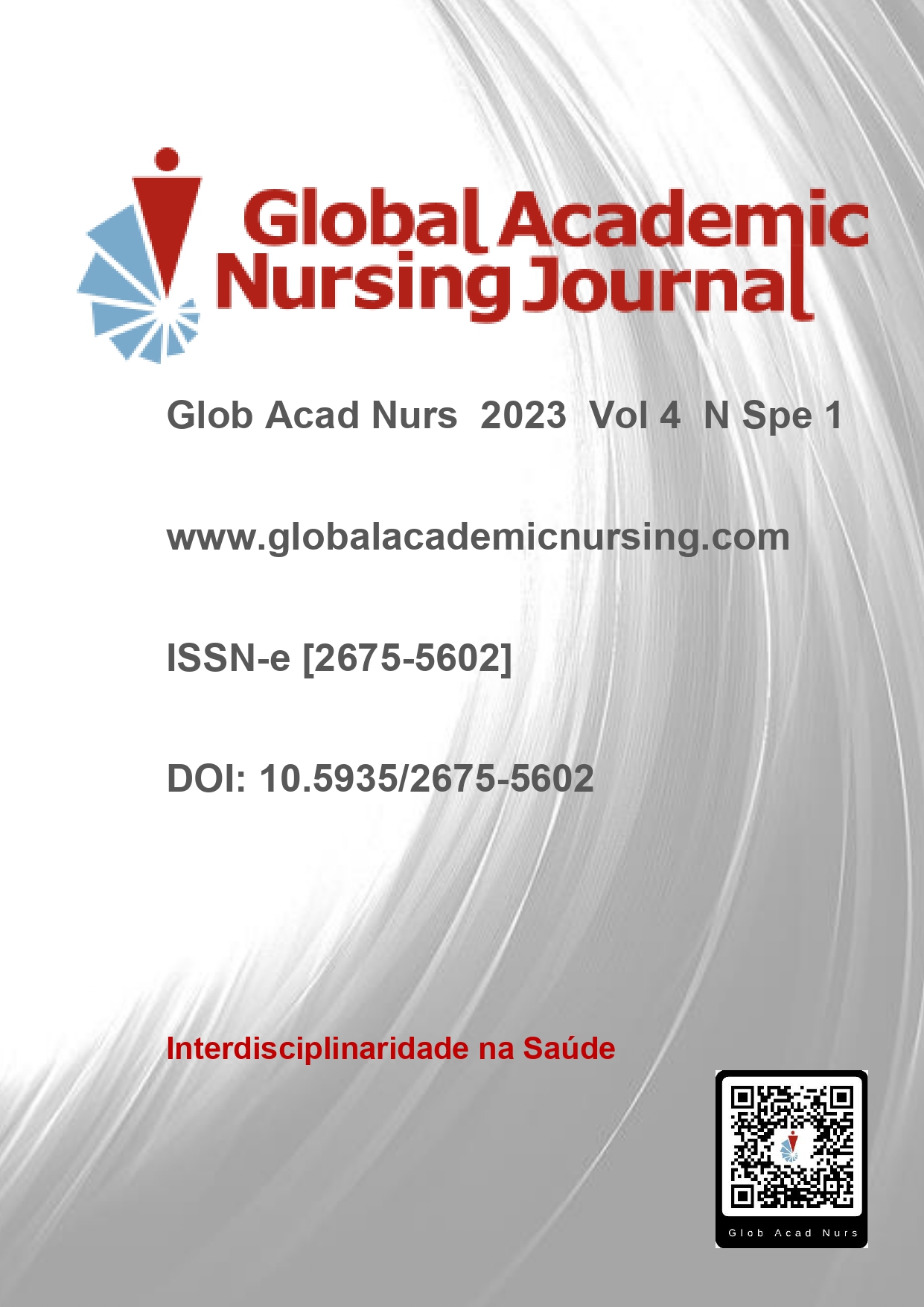Abstract
The aim was to carry out research regarding panic disorder (PD) and its association with anxiety attacks and other factors, related to the increased occurrence of disorders that are associated with stress today. Integrative bibliographic review, in which the selection was made in an integrative and systematic way, for analysis and writing. The diagnosis of PD is essentially clinical and, advantageously, it is made early so that treatment can be started as soon as possible. Through bibliographic research, three types of treatment for PD were identified: psychopharmacological, psychotherapeutic, and combined, which combines the two isolated types. Therefore, when comparing the isolated treatments with the associated treatment between them, it was observed that the combined treatment demonstrated greater effectiveness. This literary review sought to characterize panic disorder and its attacks, in addition to demonstrating the effectiveness of treatment for a better patient prognosis. In this sense, non-pharmacological treatment associated with pharmacological treatment demonstrated greater benefits when compared to its isolated types of clinical management.
References
Carvalho FL. Síndrome do pânico: uma psicopatologia contemporânea. (Trabalho de Conclusão de Curso) - Curso de Especialização em Psiquiatria, Universidade Estácio de Sá, Recife, 2011.
Baère TD. Técnicas cognitivas-comportamentais para o tratamento do transtorno do pânico. Portal dos Psicólogos PT [Internet]. 2015 [acesso em 11 nov 2023]. Disponível em: https://www.psicologia.pt/artigos/textos/A0937.pdf
Salum GA, Blaya C, Manfro GG. Transtorno do pânico. Rev. Psiquiatr. Rio Gd. Sul. 2009;31(2):86-94. https://doi.org/10.1590/S0101-81082009000200002
Seidl EMF, Zannon CMLC. Qualidade de vida e saúde: aspectos conceituais e metodológicos. Cad. Saúde Pública. 2004;20(2):580-588. https://doi.org/10.1590/S0102-311X2004000200027
Fidry M, Zugliani MM, Valle CR, Martins RM, Cabo MC, Nardi AE, Freire RC. Quality of life in panic disorder: the influence of clinical features and personality traits. Trends Psychiatry Psychother. 2019;41(4):387-393. https://doi.org/10.1590/2237-6089-2019-0008
Zuardi AW. Características básicas do transtorno do pânico. Medicina (Ribeirão Preto, Online). 2017;50(Supl.1):56-63. https://doi.org/10.11606/issn.2176-7262.v50isupl1.p56-63
Strakowski SM, Keck Jr PE, McElroy SL, Lonczak HS, West SA. Chronology of comorbid and principal syndromes in first-episode psychosis. Comprehensive Psychiatry, 1995;36(2):106-112. https://doi.org/10.1016/S0010-440X(95)90104-3
Levitan M, Rangé B, Nardi AE. Habilidades sociais na agorafobia e fobia social. Psic. Teor. E Pesq. 2008;24(1):95-100. https://doi.org/10.1590/S0102-37722008000100011
Besset VL, Nigri KK, Almeida LP. A fobia, o pânico e suas relações com a angústia. Psic. Teor. E Pesq. 1999;15(2):177-180. https://doi.org/10.1590/S0102-37721999000200011
Kessler RC, Chiu WT, Jin R, Ruscio AM, Shear K, Walters EE. The epidemiology of panic attacks, panic disorder, and agoraphobia in the National Comorbidity Survey Replication. Arch Gen Psychiatry. 2006;63(4):415-424. doi:10.1001/archpsyc.63.4.415
Terra MB, Figueira I, Athayde LD. Fobia social e transtorno de pânico: relação temporal com dependência de substâncias psicoativas. Rev. Psquiatr. Rio Gd Sul [Internet]. 2003 [acesso em 11 nov 2023];436-443. Disponível em: https://www.scielo.br/j/rprs/a/pmbqjN8kNxwFDxmSLhY3qDz/?format=pdf
Gurgel JDC, Costa KVT, Cutini FN, Sarmento Júnior KMA, Mezzasalma MA, Cavalcanti HVR. Tontura associada a distúrbio do Pânico e agorafobia: relato de caso e revisão de literatura. Rev. Bras. Otorrinolaringologia, 2007;73(4):569-572. https://doi.org/10.1590/S0034-72992007000400018
Brunton LL. Goodman & Gilman: As Bases Farmacológicas da Terapêutica. 12 ed. Rio de Janeiro: McGraw-Hill; 2012.
Aoki RN. Bullying em profissionais de enfermagem no atendimento à COVID-19. Glob Acad Nurs. 2022;3(Sup.1):e240. https://dx.doi.org/10.5935/2675-5602.20200240

This work is licensed under a Creative Commons Attribution-NonCommercial-NoDerivatives 4.0 International License.
Copyright (c) 2023 Global Academic Nursing Journal

